Let’s get it right away: this is not an active sports newsletter. Here, I talk about contemporary menswear and lifestyle travel. That’s why I won’t bother you with standard passages on the history of hiking in general, starting from the Roman Empire.
Instead, this article focuses on the background of the most popular hiking silhouette in casual wear that has long fallen behind the advancements of modern technology.
You know the one:
As always, the story is long and full of intricate details for those who really love diving deep into a subject. So, make yourself a cup of tea and prepare for an adventurous hike.
Small ask: If you find this article exciting or helpful, I’d be incredibly grateful if you helped others discover it. Sharing/restacking or just hitting ❤️ are all a huge help. Thank you!
PS If you view this post in your email app, consider opening it in a browser by tapping the post’s title — it might be too long to fit into an email.
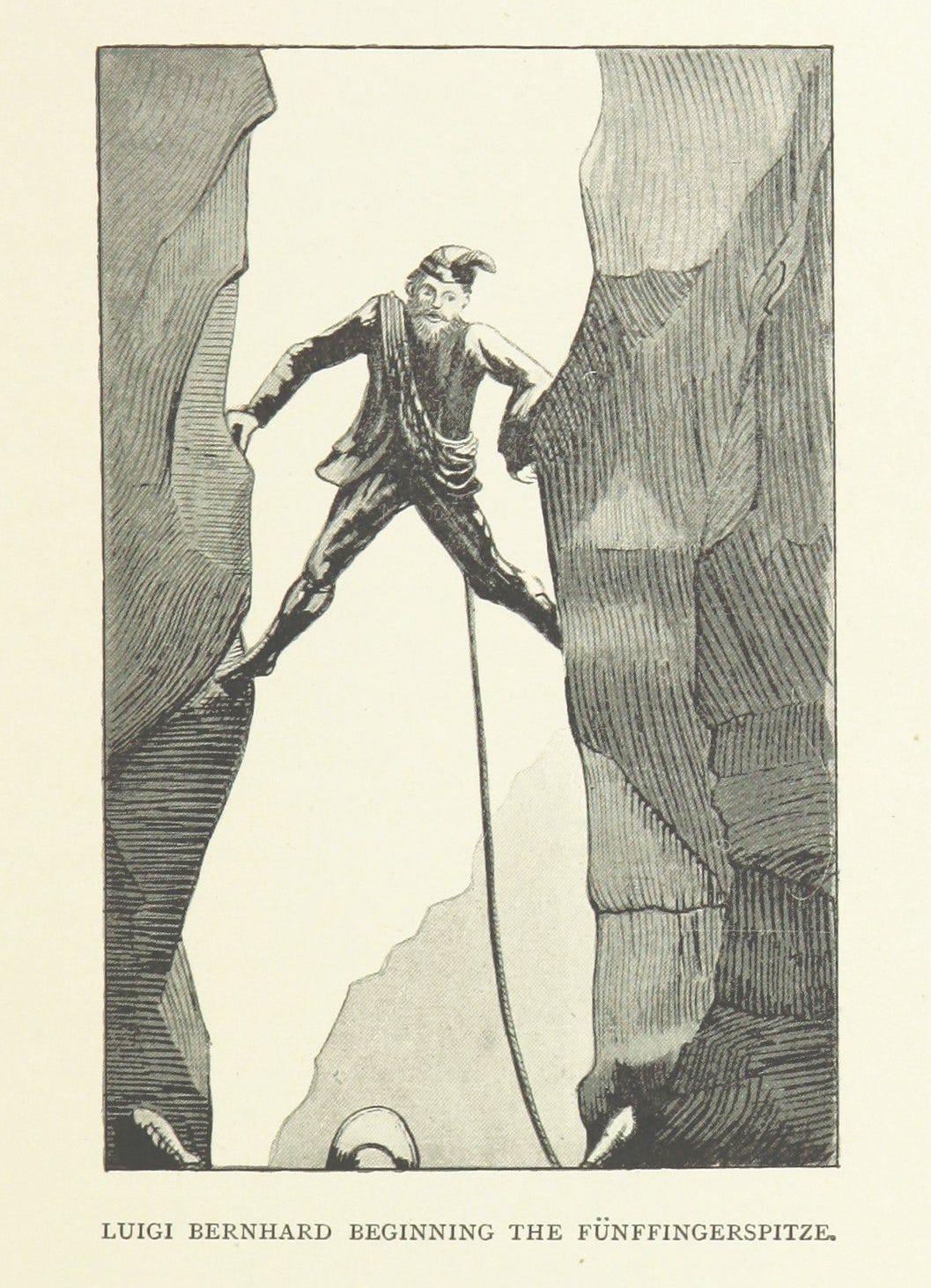
It’s impossible to pinpoint the exact model that started it all. But the most likely trail leads to the Alpine region in Europe.
In 1925, Anton Lintner started making Dachstein shoes, named after the highest peak of his home Upper Austria region. In 1945, his shoes already looked like what we now call retro hiking boots:
Around the same time, the story of Peter Limmer was unfolding, one of twelve sons of a Bavarian cobbler. He began working in his father's shop at the age of 9. During World War I, he found himself in Russian captivity for three years, but that didn't prevent him from returning to his native Bavaria and training as a certified shoemaker. However, due to the challenging post-war situation in the country, in 1924, he moved across the ocean to Boston, where one of his sisters was residing at the time. After working for a while in a shoe factory, he managed to open a repair workshop with borrowed funds, where he simultaneously started crafting his own ski boots, climbing boots, and walking shoes.
In 1936, Arthur B. Emmons took part in the ascent of Nanda Devi, the highest summit ever climbed by a man at the moment, wearing boots custom-made and specially shortened by Peter Limmer — the alpinist had previously lost all his toes on a trek up Gongga Shan in China. A specially shortened pair of Limmer hiking boots was crafted for him. Funnily, he describes «his feet came through in excellent condition, though several other members of the party suffered from foot troubles»:
In 1939, Peter Limmer received the first U.S. patent for a ski boot. The silhouette clearly reminds me of the classic hiking boot:
Today, Peter Limmer's grandson, also named Peter, continues to uphold his grandfather's traditions. He recommends investing in a custom-made pair of shoes, which he and his sole partner craft by hand in their barn in the small village of Intervale, New Hampshire. Opting for Swiss leather with a formidable thickness of 3.2 mm, they diverge from the typical American Horween leather. For the soles, they adhere to the traditional choice of Vibram.
The prices for custom models start at $700, and the waiting list can easily stretch over several years. In fact, the yearly production of Limmer boots doesn’t exceed 200 pairs. Lucky owners say it’s worth the wait: the more you wear the boots, the more comfortable they will become. Those having standard feet and wanting to get Limmer hiking boots on the spot may opt for standard-sized models produced at the Meindl factory in Bavaria.
Here are two beautiful features on Limmer Boots:
Surprisingly, the first major company to introduce hiking boots to the American market was Red Wing. In 1965, inspired by his travels in Europe during the peak of hiking tourism, company head William Sweasy decided to carve out a new niche in the American market. Thus, the Vasque brand came into existence.
Perhaps coincidentally, but in the same year, the Italian company Scarpa began exporting its footwear to the USA at the request of Boston-based Italian Fabiano, who released the legendary line of hikers under his name.
In those times Vasque hiking boots were also produced in Italy, with their appearance and functionality rivaling competitors. However, like many others today, the brand manufactures typical performance footwear geared towards true outdoor enthusiasts rather than nostalgic city dwellers.
But what about Danner, the company behind the legendary Mountain Light boots? Charles Danner started crafting work boots for loggers back in 1932. This might be rarely remembered today, but it happened in the small town of Chippewa Falls, Wisconsin — a name you might have already heard as it belongs to another traditional American footwear company, Chippewa. Charles moved to Portland, Oregon, which is firmly associated with Danner, four years later. There, the demand for his footwear was much higher, and he could charge more.
Danner introduced its version of hiking boots only in the 70s when the craze for outdoor activities had already taken hold in America. The Model 6490 had an appearance similar to the mountain boots the company had made before but had a significant weight advantage (1.8 kg compared to 2.9 kg for the mountaineering model 7509).
Another advertising slogan aimed at grabbing buyers' attention claimed that the new hiking boots almost didn't require breaking in, as they were made from a single piece of leather with minimal internal seams. However, the same advertisement warned that the hooks on the underside of the boot were left uncovered, so people with sensitive feet were advised to wear soft socks. It remains a matter of speculation how rugged the Model 6490 was, considering that even modern Mountain Light II boots might require a year to break in.
The real breakthrough came with the next Danner model, aptly named Light. The development was led by former Vasque employee Guillaume Sacré, who began by replacing thick leather with durable nylon panels in areas where rigidity was not critical— this allowed for further weight reduction. However, the primary innovation was the lining made from GORE-TEX, a material first used in footwear.
In 1983, a patent was registered for this invention, guaranteeing both water-repellent and breathable properties. The patent listed Guillaume as the inventor, but interestingly, the owner was not Danner but the Gore Corporation. Consequently, within a couple of years, this unique technology was adopted by most competitors.
Riding the success of the Light, Danner incorporated GORE-TEX into the more walkable Model 6490. For consistency purposes, it was renamed the Mountain Light, and it is under this name that it has persisted to the present day. It also has the twin Mountain Light II model, which, judging by the official website description, differs only in having a narrower “urban” last (the standard Mountain Light was indeed designed for hiking, with the last specifically chosen to accommodate a pair of thick, soft socks).
As we move closer to modern times, let’s get back to Europe. The northern Italian region of Veneto has been renowned for its footwear industry since the 17th century. Until the 1960s, Montebelluna remained one of the global centers for the production of mountain boots. Then, in the 1970s, Technica developed a method of injecting plastic into pre-formed molds, putting an end to the use of leather in ski footwear and making Montebelluna the leader, manufacturing 75% of all ski boots worldwide. The region has accumulated so much experience, knowledge, and technology that many companies still prefer to have their headquarters or at least a design center here.
It is in such an environment that the Signor brothers, Maico and Dennis, were born and raised. Dennis worked in Montebelluna footwear factories from the age of 13 until finally obtaining an order from a German distributor in 1992. After successfully delivering the first batch and securing the next order, the brothers founded Calzaturificio Diemme (Italian for Diemme footwear factory) and began producing footwear under contract. Over time, they made shoes for Chanel, Bottega Veneta, Maison Martin Margiela, Gucci, Nonnative, Bedwin and the Heartbreakers, and other fashion brands.
Building an extensive portfolio ranging from professional hunting boots to urban sneakers, the Signor brothers transitioned to creating their own branded footwear. However, these were not conventional seasonal collections but individual orders tailored to each retail client. This continued until 2007 when the Japanese distributor GMT became interested in Diemme's products. GMT took the first steps in adapting hiking boots for urban conditions, notably placing them on the renowned Vibram Cristy white sole.
In 2010, Diemme entered a new phase when the Norwegian Blender Agency took charge. Initially starting as a distributor, Blender Agency quickly evolved into a full-fledged partner responsible for all creative aspects. Collections began to be released twice a year, introducing new models designed specifically for urban settings. Retailers such as Très Bien, 10 Corso Como, END., and others joined the list of stores carrying Diemme products. This transformation elevated the brand's premium line into the primary business direction. But the Roccia Vet hiking boot, initially coming from the hunting collection, still remains Diemme’s most prominent product.
In Italy, numerous brands like Scarpa, mentioned earlier, Pivetta, Zamberlan, and others, each released a legendary model of hiking boots at some point in their history. However, nowadays most of them lean towards performance footwear, catering to professionals such as hunters, climbers, and skiers. Therefore, I want to wrap up this article with Fracap, yet another mainstay in the casual retro hiking boot market.
Fracap has a long but not widely documented history. Like Diemme, Fracap was founded by two brothers, Alfredo and Giovanni Cappello (hence the name - FRAtello, Italian for brothers, CAPpello), who took over their father's shoe business in 1948.
Unlike Diemme, this occurred in the town of Monteroni di Lecce, located in the southeast of Italy. The terrain in this region is mainly flat, and historically, the population has been engaged in agriculture. Hence, Fracap initially produced footwear for farmers.
In 1987, the next generation of the Cappello family started a new chapter by securing an impressive order of 12,000 pairs from the Italian armed forces, thanks to a colonel who admired Fracap shoes. Finally, in the early 2000s, Fracap began producing urban footwear, initially targeting the Japanese market and later expanding to the rest of the world. However, judging by the lack of historical evidence (photographs in old magazines or vintage lots on eBay), the models that Fracap produces today, including the M120 retro hiking boots, are all modern designs without a mountaineering backstory.
I have to admit I don’t do any actual hiking but I do love me some well-built retro-looking hiking boots in winter. I have been wearing my pair of Diemme Roccia Vet for over 7 years and they hold up incredibly well. Even the lining made of the soft Nappa leather remains intact. I only took them to a cobbler once when the thin Vibram Microflex (I believe, it was renamed to Cityplus) sole wore out in the heel area. It has nothing to do with the shoe itself. I would suggest just taking a pair with a thicker outsole.
I also couldn’t resist the rustic character of Danner x JJJJound Feather Light boots. I find them far more roughly built than Diemme but that’s the part of their appeal. I haven’t had much time to wear them yet though.
How do you feel about the retro hiking boots? What are your favorites? Share your thoughts in the comments section below.
Thank you for reading the article until the very end🙏 It genuinely means a lot to me. I would greatly appreciate it if you could hit a ❤️ and restack it here on Substack or share it on your social media to help others discover it too.
If you like this kind of deep dives, here is a selection of some of my favorite ones:




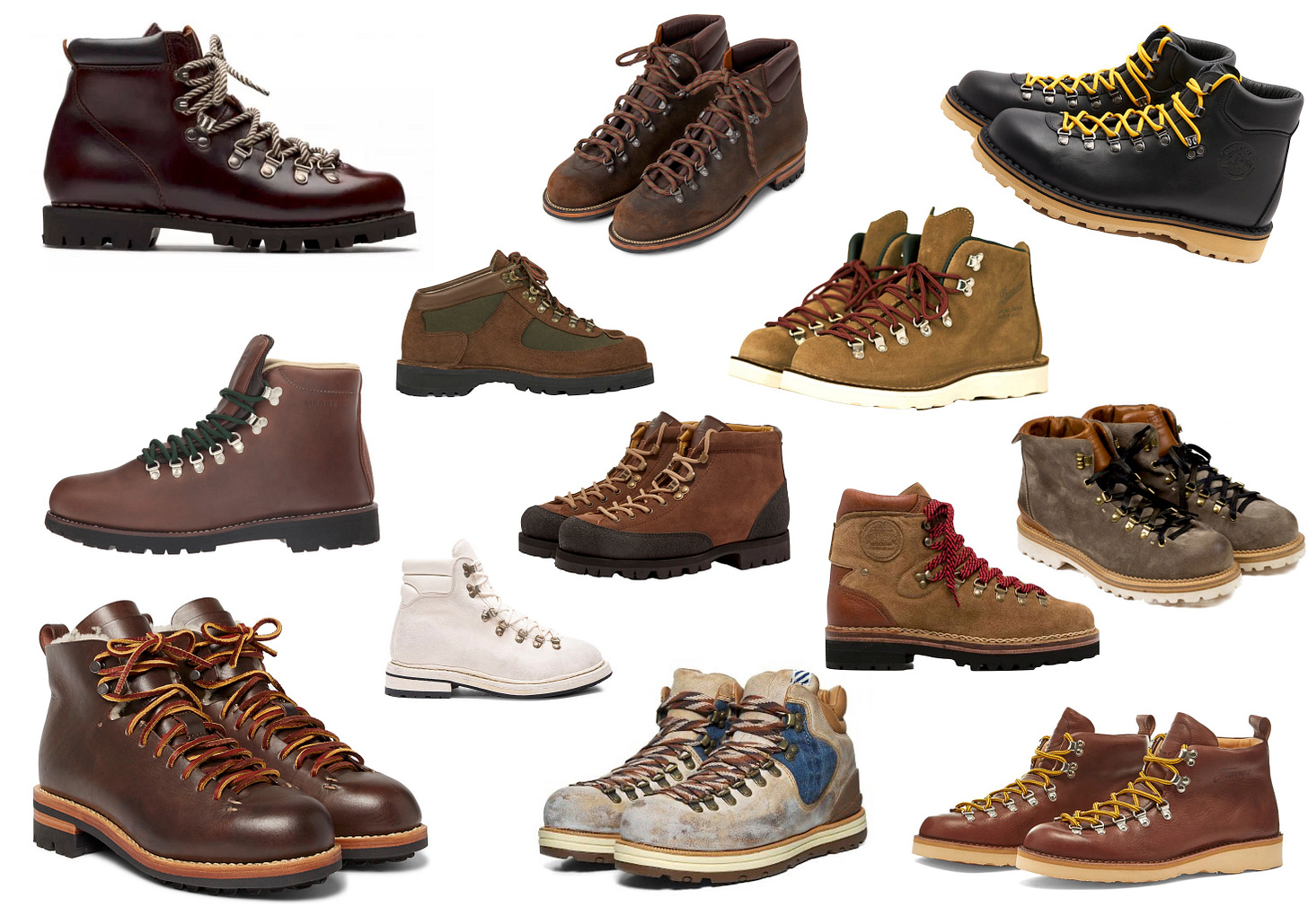

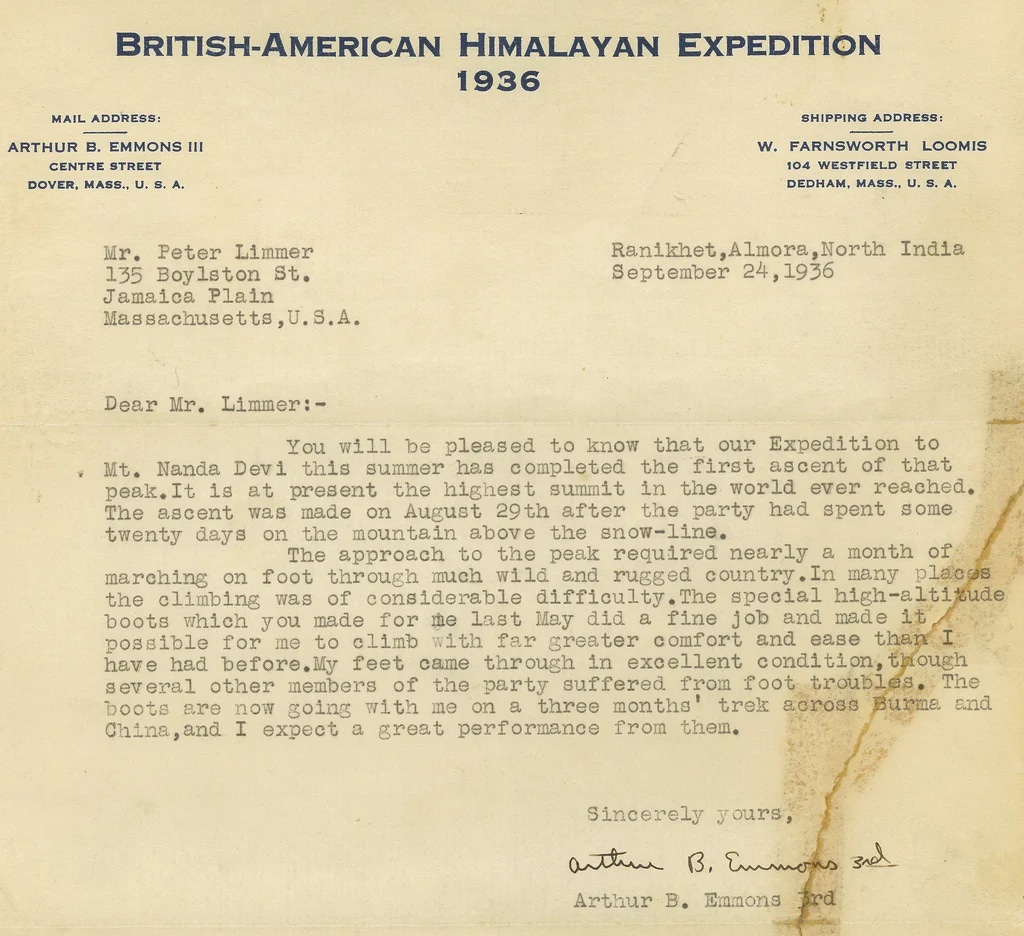
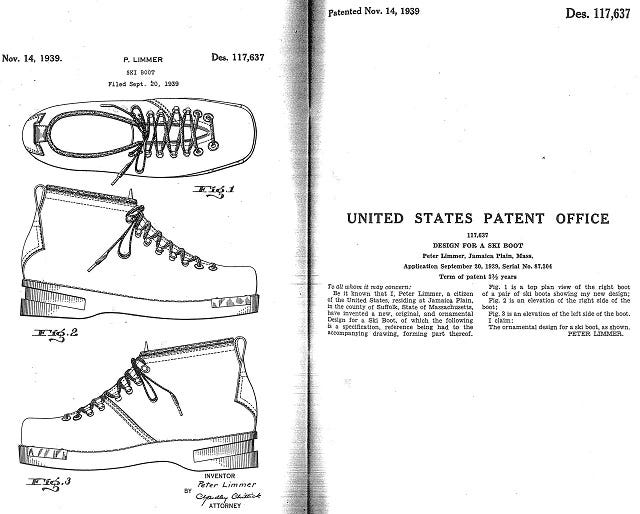
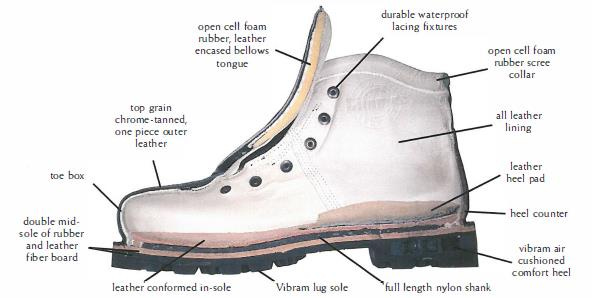
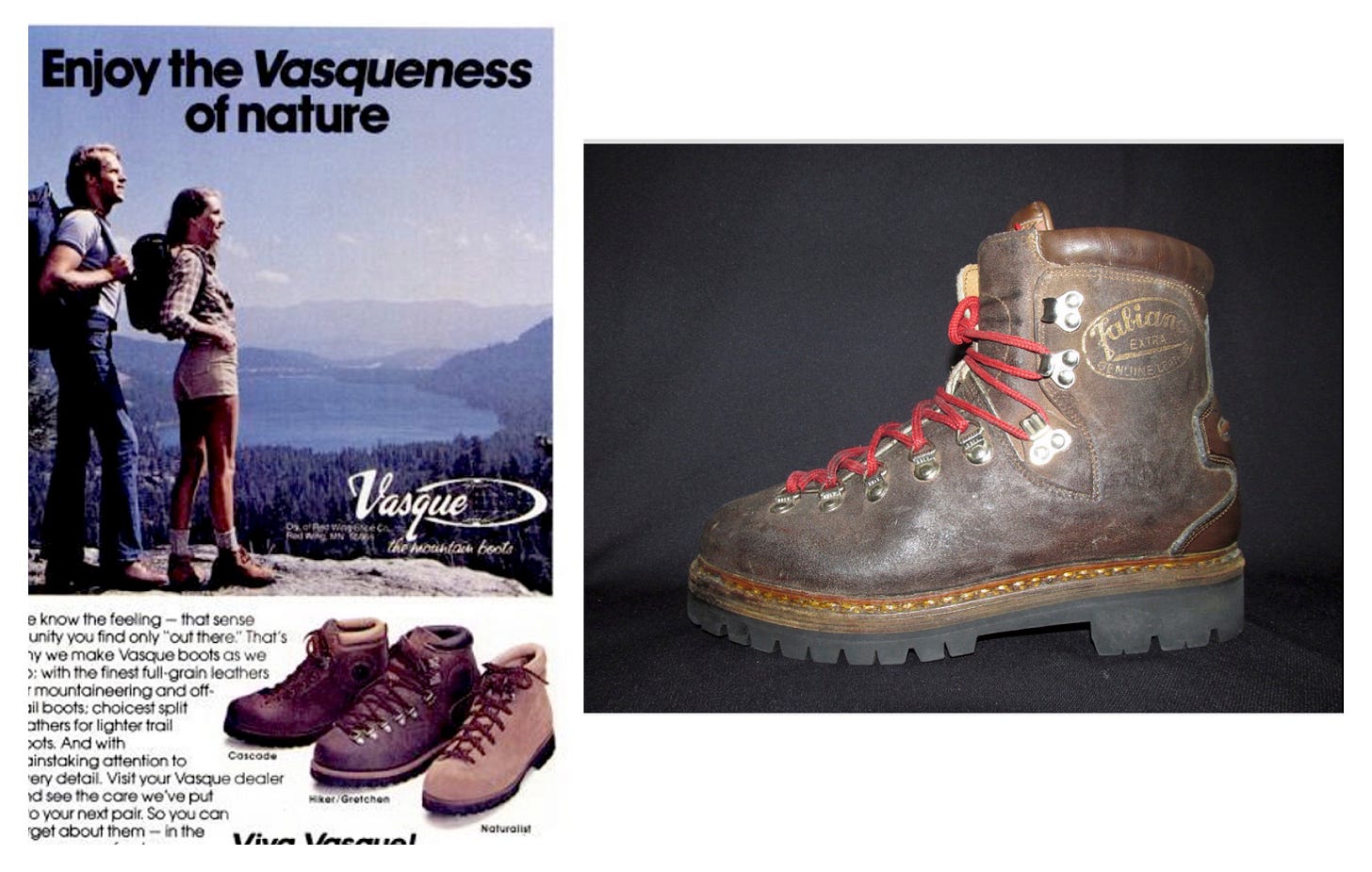

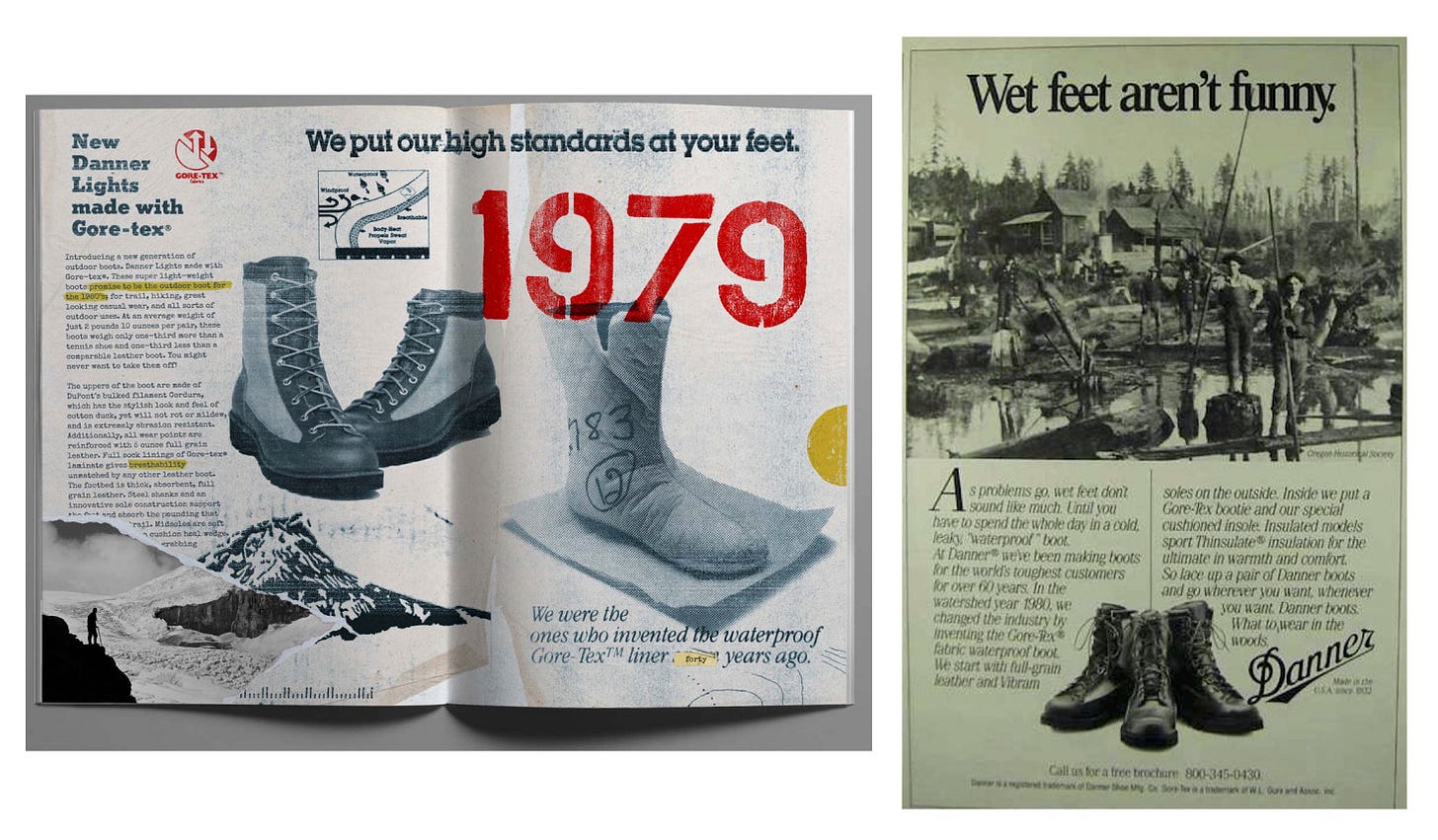
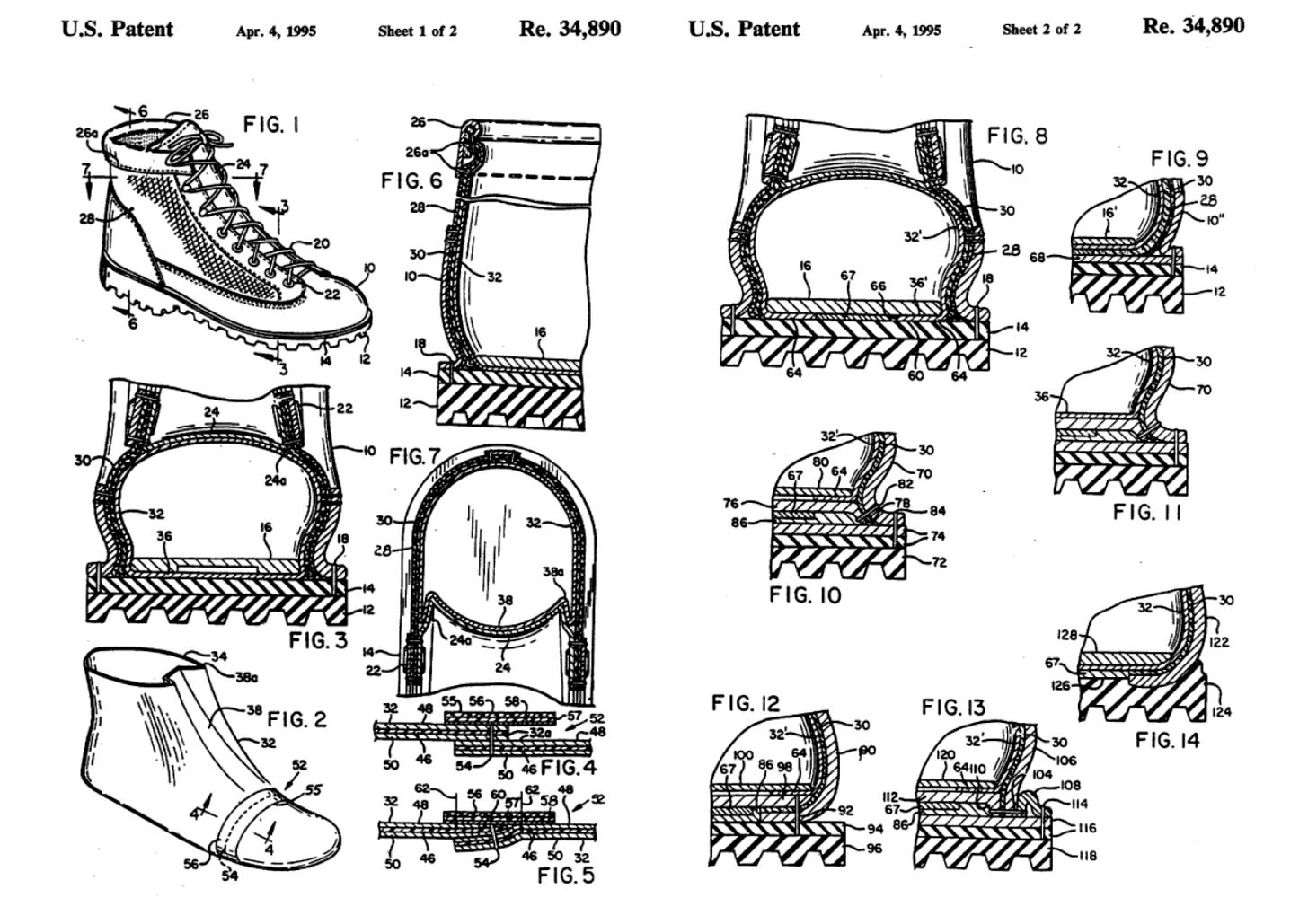
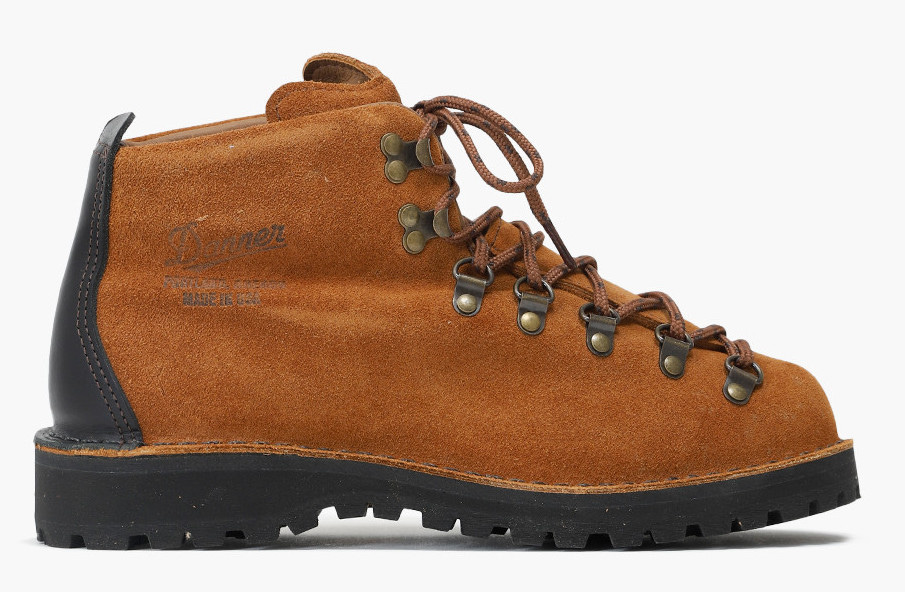

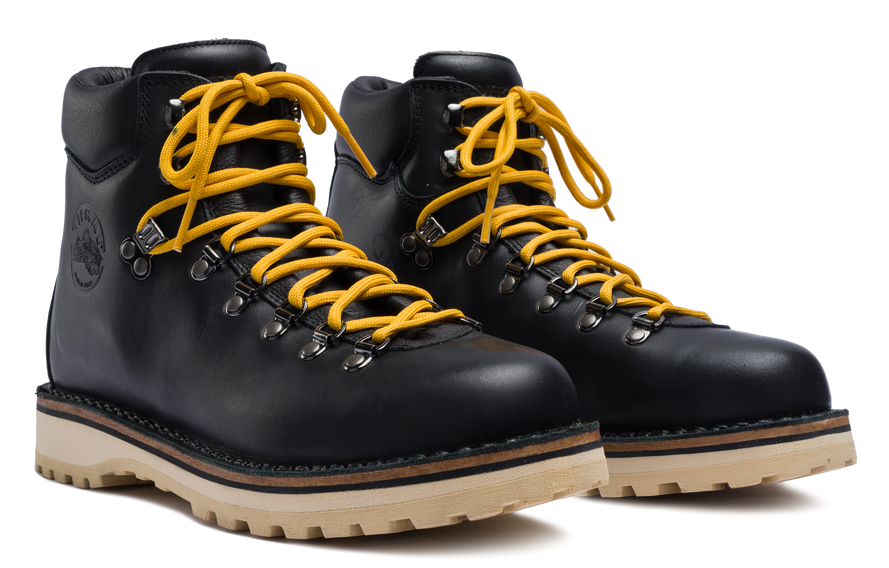
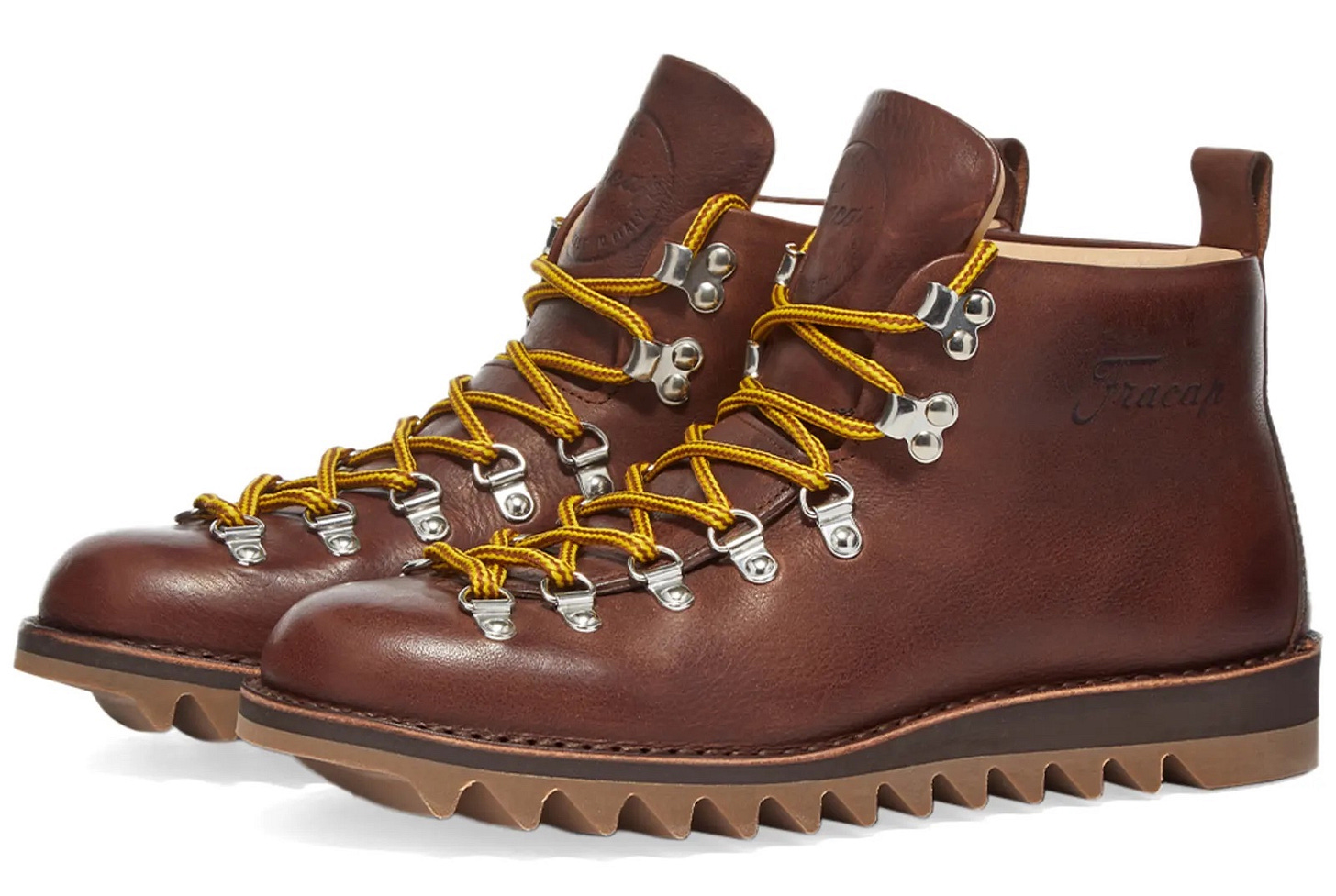
Great read bud!🔥🔥
Good read!